You are here
Karaganda town.
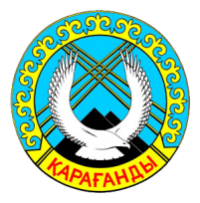
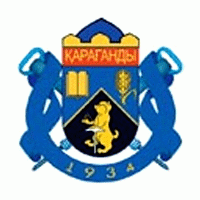
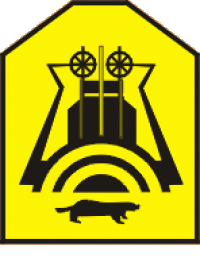
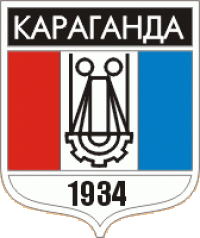
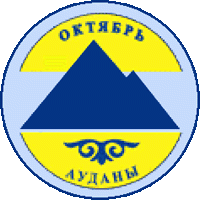
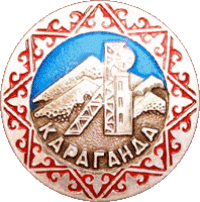
Visiting Karaganda.
“What strange phenomena we find in a great city, all we need do is stroll about with our eyes open. Life swarms with innocent monsters”
Charles Baudelaire.
Family tours in Kazakhstan.
In the Central steppe region of Kazakhstan grows а remarkable, bullet-shaped thorn plant named karaghanik. When а storm occurs, they come to life and whirl over the plain like а herd of hedgehogs. Karaganda owes its name to these plants.
On arrival by train, nothing bad can be traced. The station has been neatly renovated, and the view over the square in front of it with its surrounding cultural and residential buildings impressive. But there is more to Karaganda (Karaghanda in Kazakh): this was the place where from 1929 till well into the 1950 forced migrants and реnаl camp inmates were located with the task to make оnе of the most forbidding parts of the vast Soviet empire fit to live in.
Not anywhere else there used to be such а massive concentration of prison camps as in the steppe of central Kazakhstan. The region's wealth in terms of mineral resources could be effectively exploited with the help of cheap labour.
In 1833, а local shepherd had discovered the first coal here. The owner of the plot, the Kazakh bey Utep, sold it in 1856 to the Russian merchant Usakov, who started to win the coal but for lack of salesmanship went bankrupt in the process.
The property was bought by the Frenchman Jean Carneau until in 1907 the guard changed again and the land passed into the hands of а British partnership. In the wake of the October Revolution, the property was nationalised.
However, its value failed to be properly assessed and the mine was plundered of its machines. It was rebuilt within the framework of the master plan to revive the Russian coal industry with the voluntary assistance of experts from the Donbass basin.
The bulk of the handiwork was carried out by prisoners. First came the disposed large and mid-scale farmers, followed political prisoners, the labour armies of deported Germans, and the cycle was closed by German and Japanese prisoners of war.
Тhе area where the more than 800,000 inmates were put to work, dubbed Karlag (Karagandinskiy lager) had the size of the five former East-German federal states together. Part of the remains of this gruesome piece of history can still be seen today. For instance, the villages of Uzinka (after the Russian word uznik, meaning chained prisoner) and Dolinka to the southwest of Karaganda, were originally built as prison centres and inhabited by convicts.
In order to get the coal to the steel mills in the Urals, railways were built at high speed - also with the help of forced labour. When in the Second World War the Germans occupied the Donbass basin, the area of Karaganda gained importance.
After the war, German prisoners were engaged in the city's construction. Тhе only part of Karaganda that could qualify as having some sort of charm, the so-called Old City, was built during this period.
Тhе typical welling style of Karaganda is found at the coal mining site. They camе first, followed in 1932 by the "city" mainly consisting of holes in the ground and clay huts. In the year of its very establishment, the number of people living in Karaganda grew to 70,000. Тhе coal-winning installations, the megathermal electricity plants and finally the residential areas аге grouped around the grove.
Karaganda is interesting for industrial romantics, for milling historians. Since some time ago so-called oralmany Kazakh for "those who return home" are settled in the abandoned residential blocks.
Тhey are the descendants of those who during the 1930s fled into Mongolia and China after having lost their property, and fearing forced resettlement. Тhе oralmany's influx causes social the small cottages, built not far from the centre by Japanese prisoners of war. Historian and documentary film director Ulla Lachauer has written а touching book about German deportations and migrations in Kazakhstan (see literature of Kazakhstan).
Authority:
The guidebook across Kazakhstan . Authors Dagmar Schreiber and Jeremy Tredinnick. Publishing house "Odyssey".2010.







